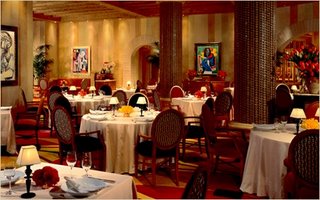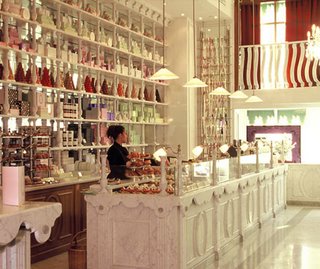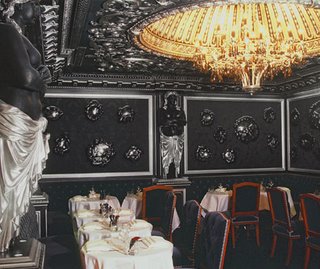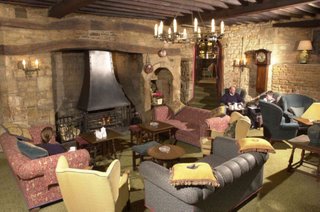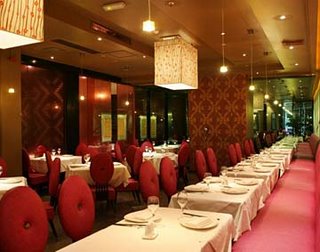 I’m incredibly excited to be reviewing Pearl Liang (8 Sheldon Square, W2 6EZ, tel: 020 7289 7000). It’s a new Chinese restaurant in Paddington with a confident website (beware – it plays music), an interesting menu and excellent credentials (the head chef has defected from Queensway’s Mandarin Kitchen). The Great She Elephant and I went for a dim sum lunch yesterday, and my, I’m glad we did.
I’m incredibly excited to be reviewing Pearl Liang (8 Sheldon Square, W2 6EZ, tel: 020 7289 7000). It’s a new Chinese restaurant in Paddington with a confident website (beware – it plays music), an interesting menu and excellent credentials (the head chef has defected from Queensway’s Mandarin Kitchen). The Great She Elephant and I went for a dim sum lunch yesterday, and my, I’m glad we did.
Dim sum is tricky. There are a bazillion restaurants in London’s Chinatown and in Bayswater serving these lovely little packets of Chinese flavour, and while some do it admirably well, some are pretty mediocre. It can be hard to find somewhere where the dim sum is exceptional, but I think I’ve found it in Pearl Liang, a couple of minutes from Paddington station.
The restaurant has a remarkable interior. It’s a bit like a 1970s brothel/disco, with plushy purple upholstery, modern flock wallpaper, lots of gilding and little ice-cube lights. It’s all in a new development at the waterside in Paddington (use the map and the directions on Pearl Liang’s website, since it can be hard to find without some help), a curious furtive mauve bolthole hidden among the office blocks.
The dim sum menu isn’t huge by Chinese standards; a selection of about fifteen steamed dishes and ten fried ones, alongside cheung fun (wide strips of silky rice noodle wrapped around a savoury filling and bathed in a wonderfully savoury sauce) and noodles are offered on a menu where you tick a box on a form to order each dish. This relatively small menu is a good move – every dim sum we sampled was cooked with real attention to detail. A sampler platter of ten individual dim sum is available for under £10, with the familiar (Siu Mai, the pork dumplings shaped like a cup, open at one end, and Har Gow, the translucent prawn dumplings) alongside the unfamiliar (a diamond of sticky rice wrapped in a leaf of seaweed and flavoured strongly with caramelised onions, and a ravishing little spinach dumpling). Perched in the middle was one of the best Char Siu Bao I’ve tasted.
We ordered the Doug (crispy dough cruller) Cheung Fun and some Lo Bak Goh to go with the platter, alongside a bowl of Malaysian Char Kway Teow noodles. The Lo Bak Goh, a delicious square of grated Chinese radish (one of my favourite dim sum options) was flavoured with a beautifully made Chinese sausage and delicate dried shrimp, and seared to a golden crisp on the outside while softly shredded inside. The Char Kway Teow was spiked with perfectly fresh prawns, and was subtly spiced. If I were being super-picky (and I am), I would have wanted more wok hei, the smoky flavour of a well-seasoned and extremely hot wok, permeating the dish, but hey – it was still as good a dish of Char Kway Teow as I’ve ever eaten in London. Service is charming and helpful.
The evening menu looks extremely exciting as well. There’s lobster steamboat (a kind of Chinese fondue), fresh fish including Dover sole and sea bass, Buddha Jump Over the Wall (the soup which was said to smell so good that the Buddha abandoned his meditation and jumped over the temple wall to sample it) and some other very interesting-sounding options like a pomegranate sweet and sour chicken. I can’t wait to get back there to sample the rest of the menu.


